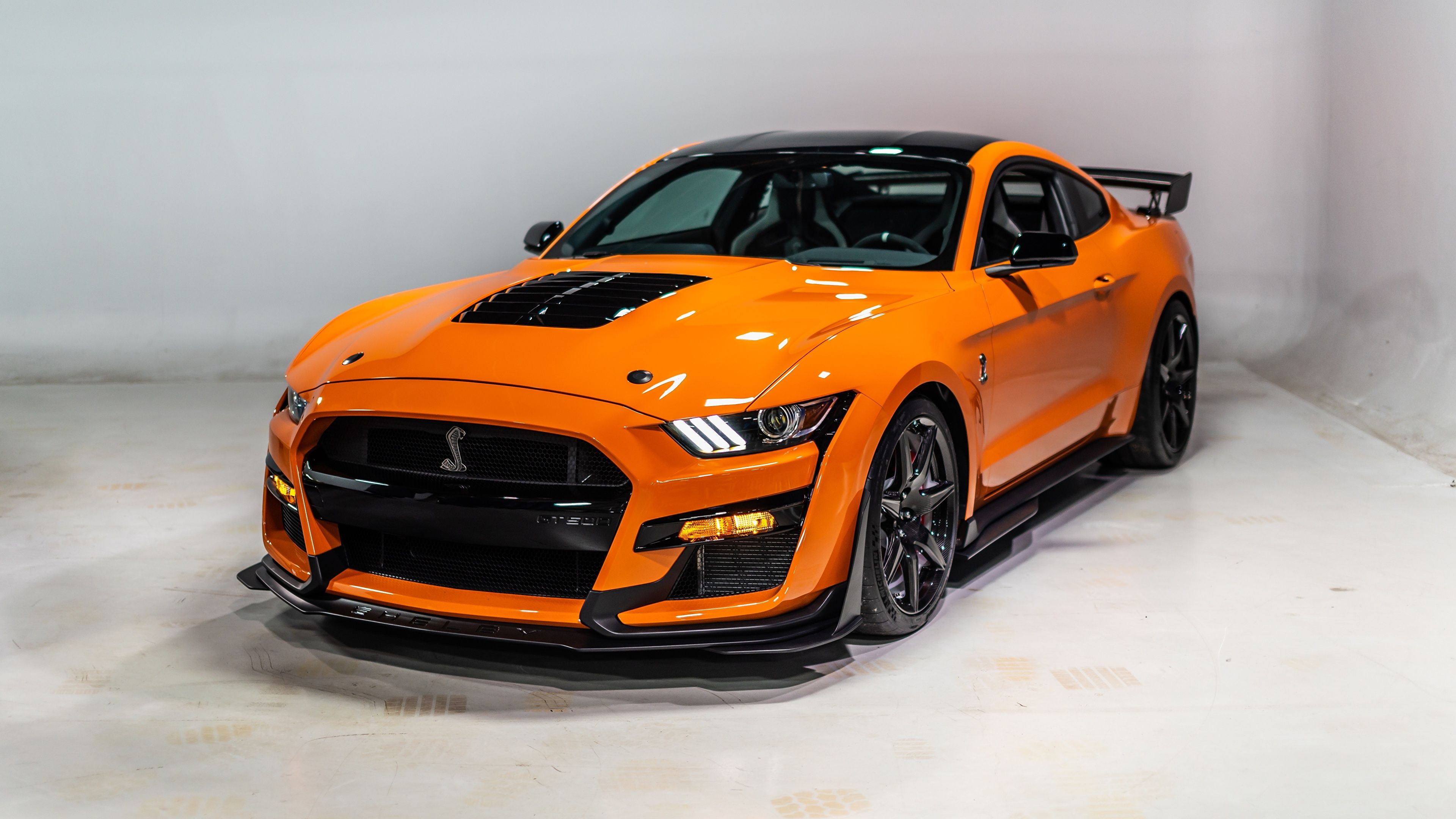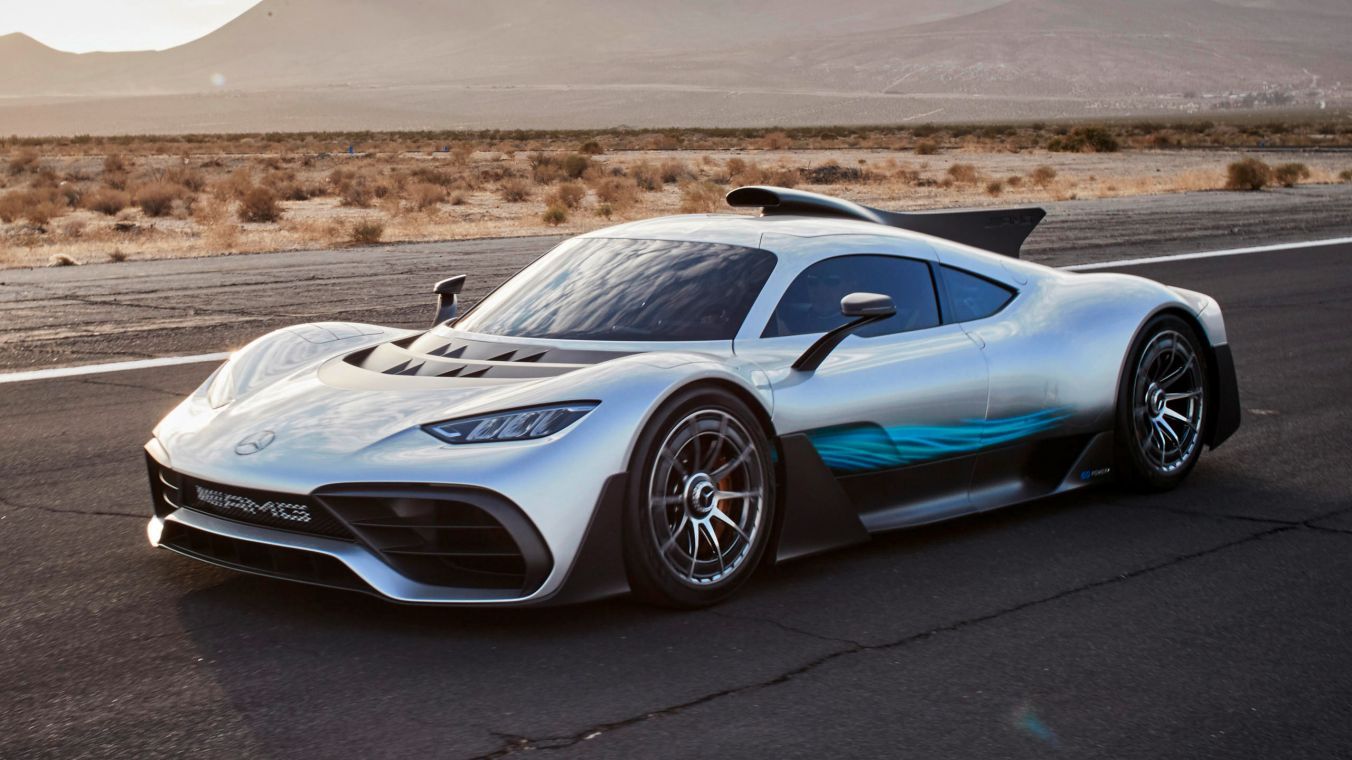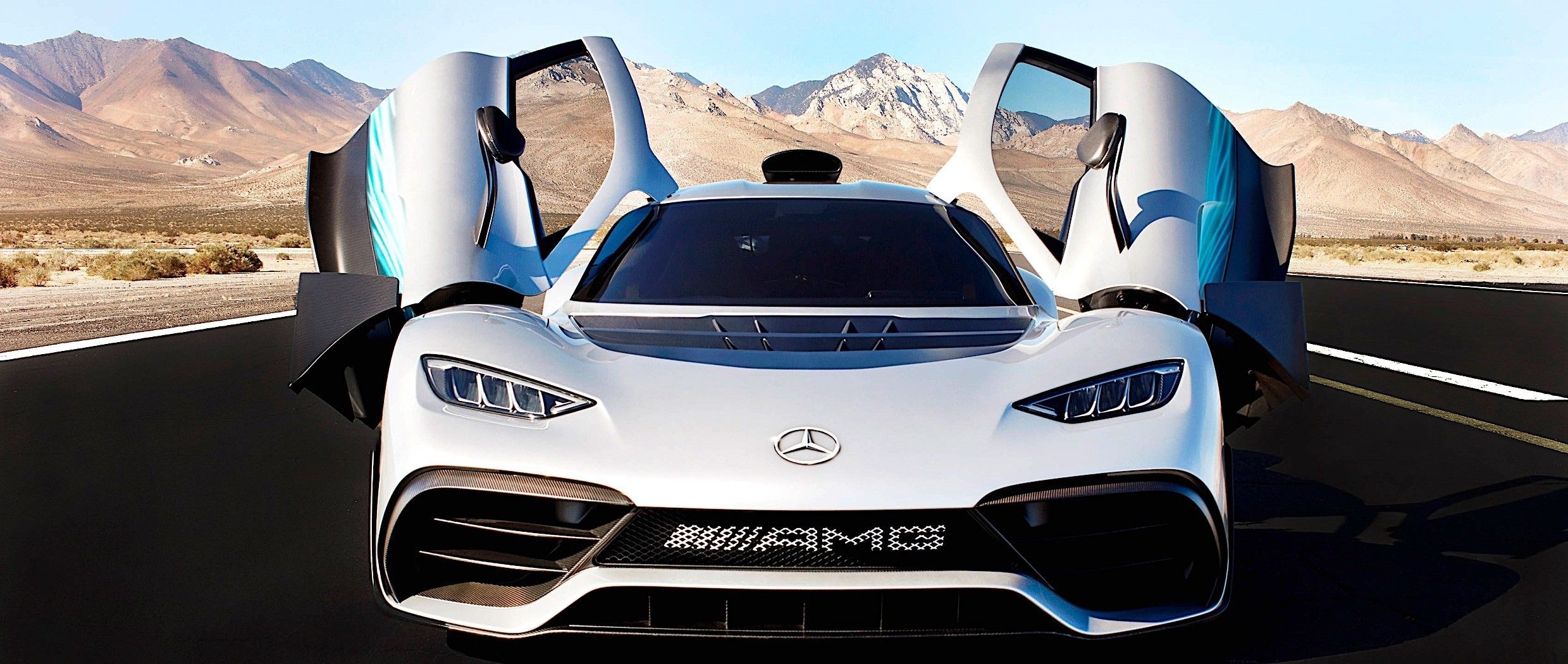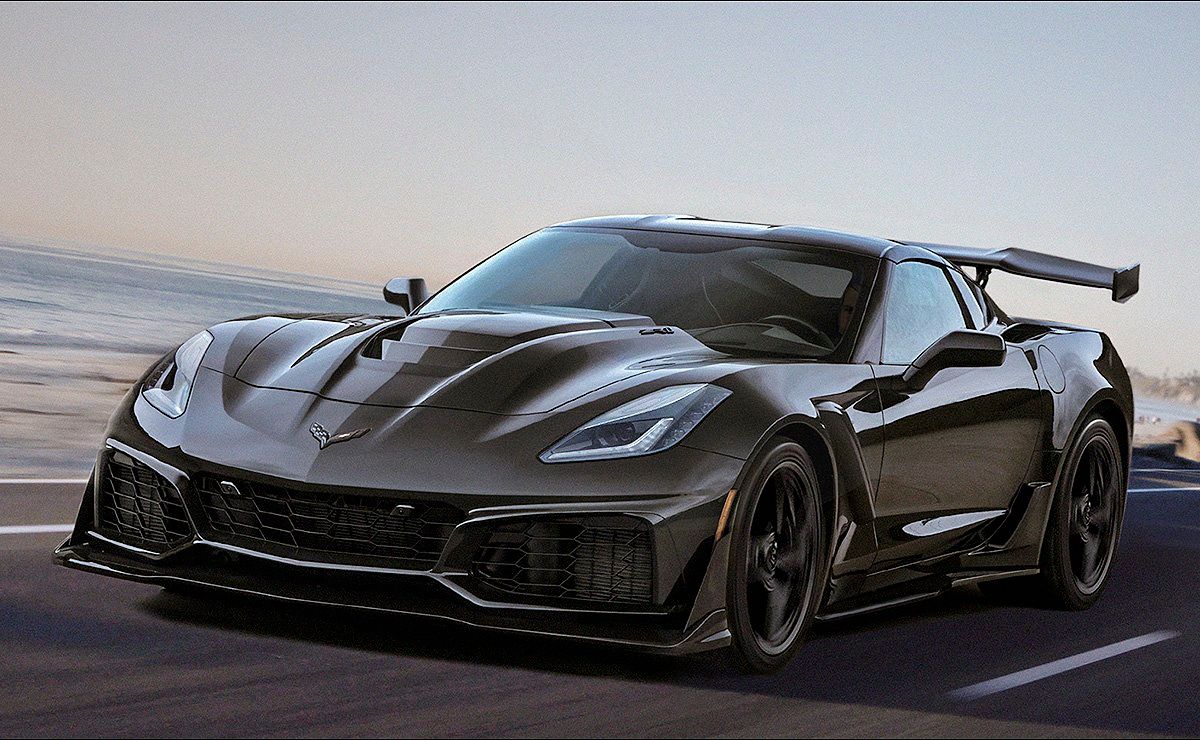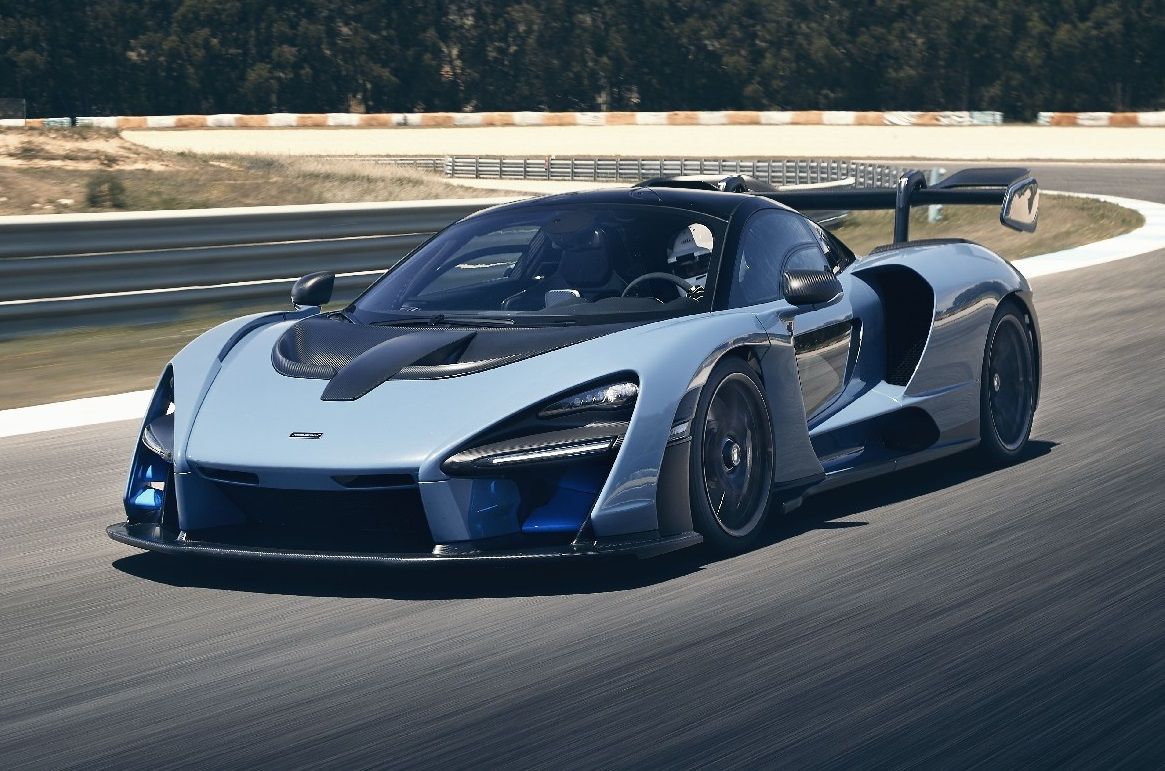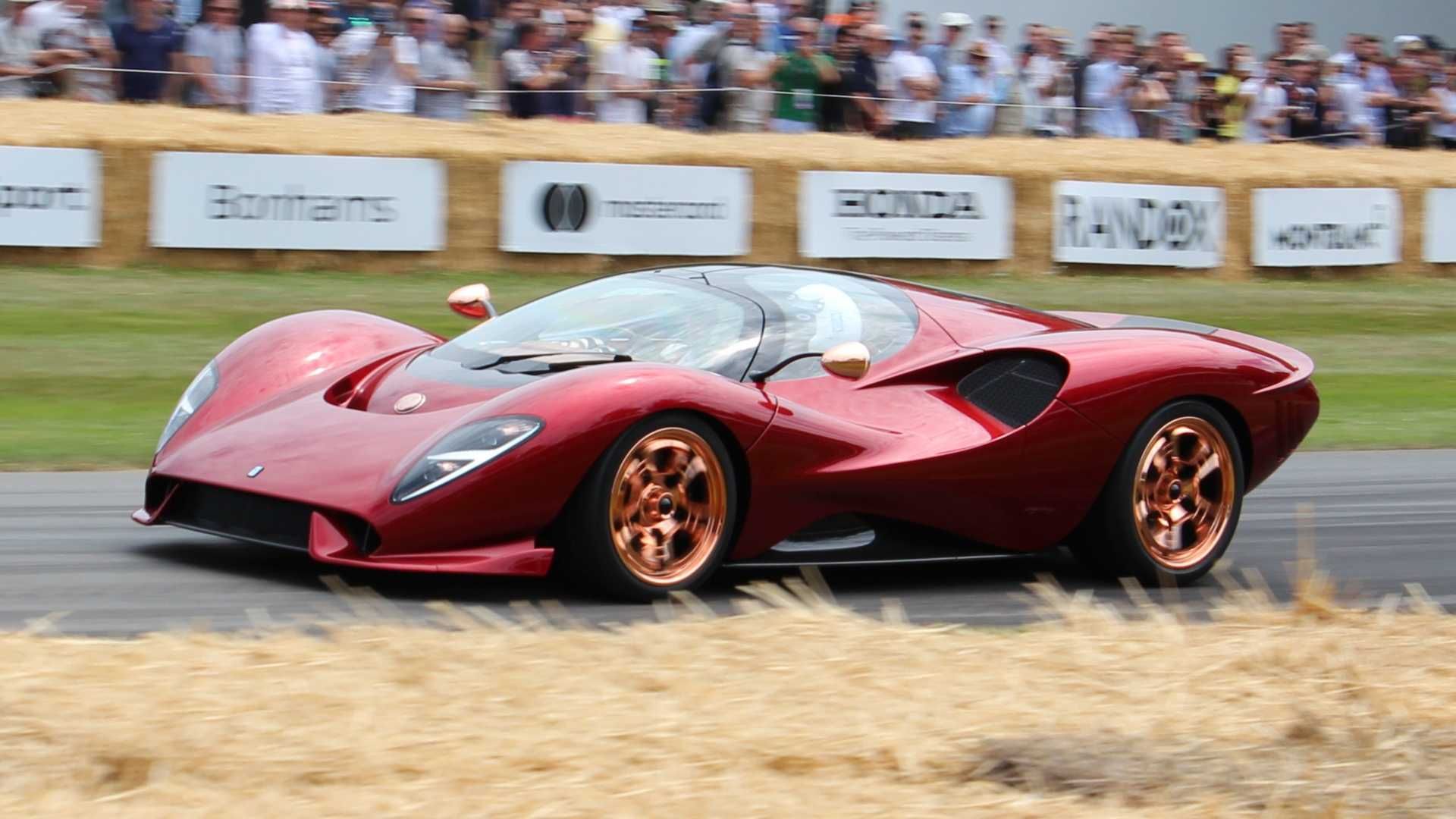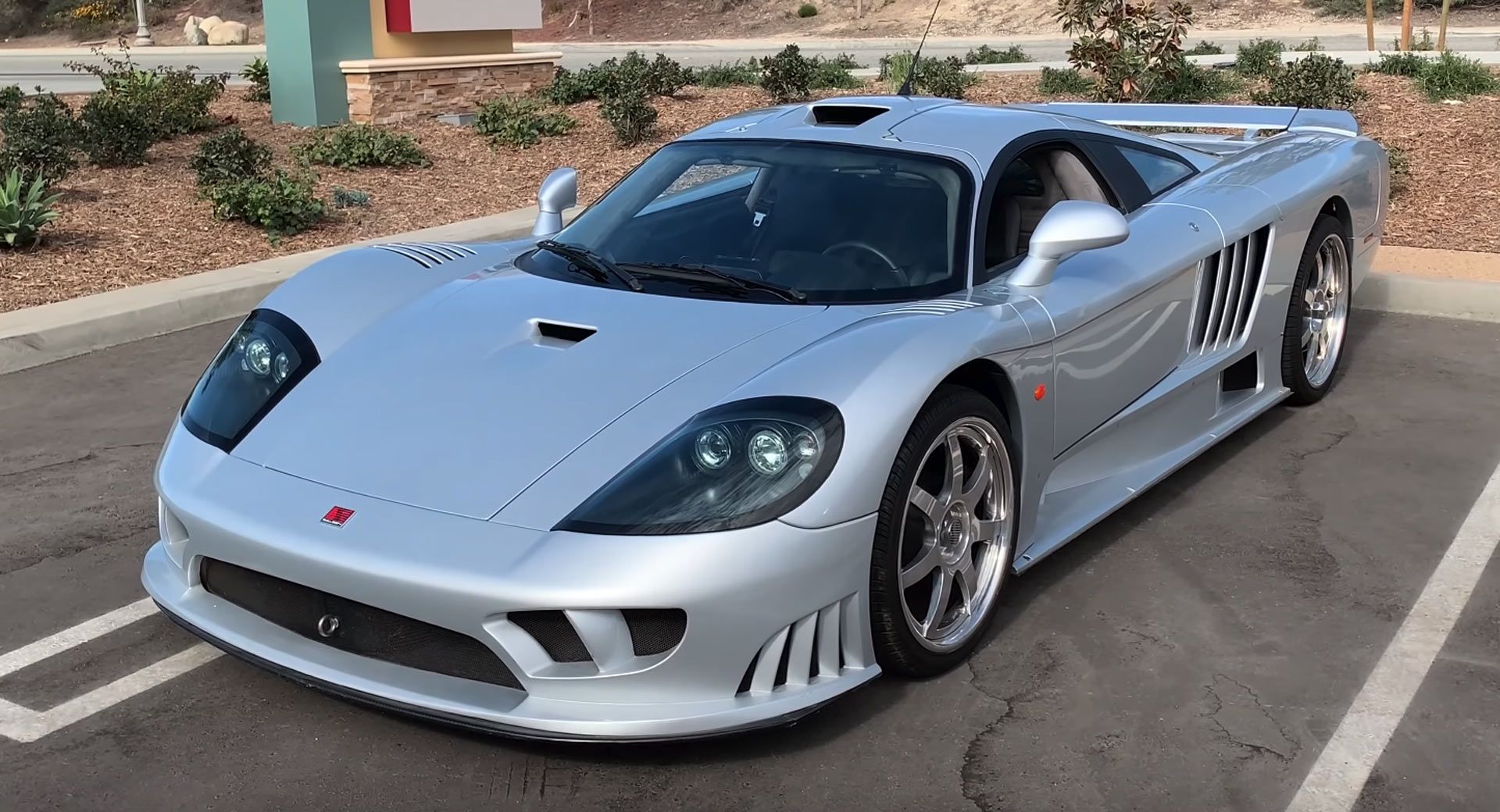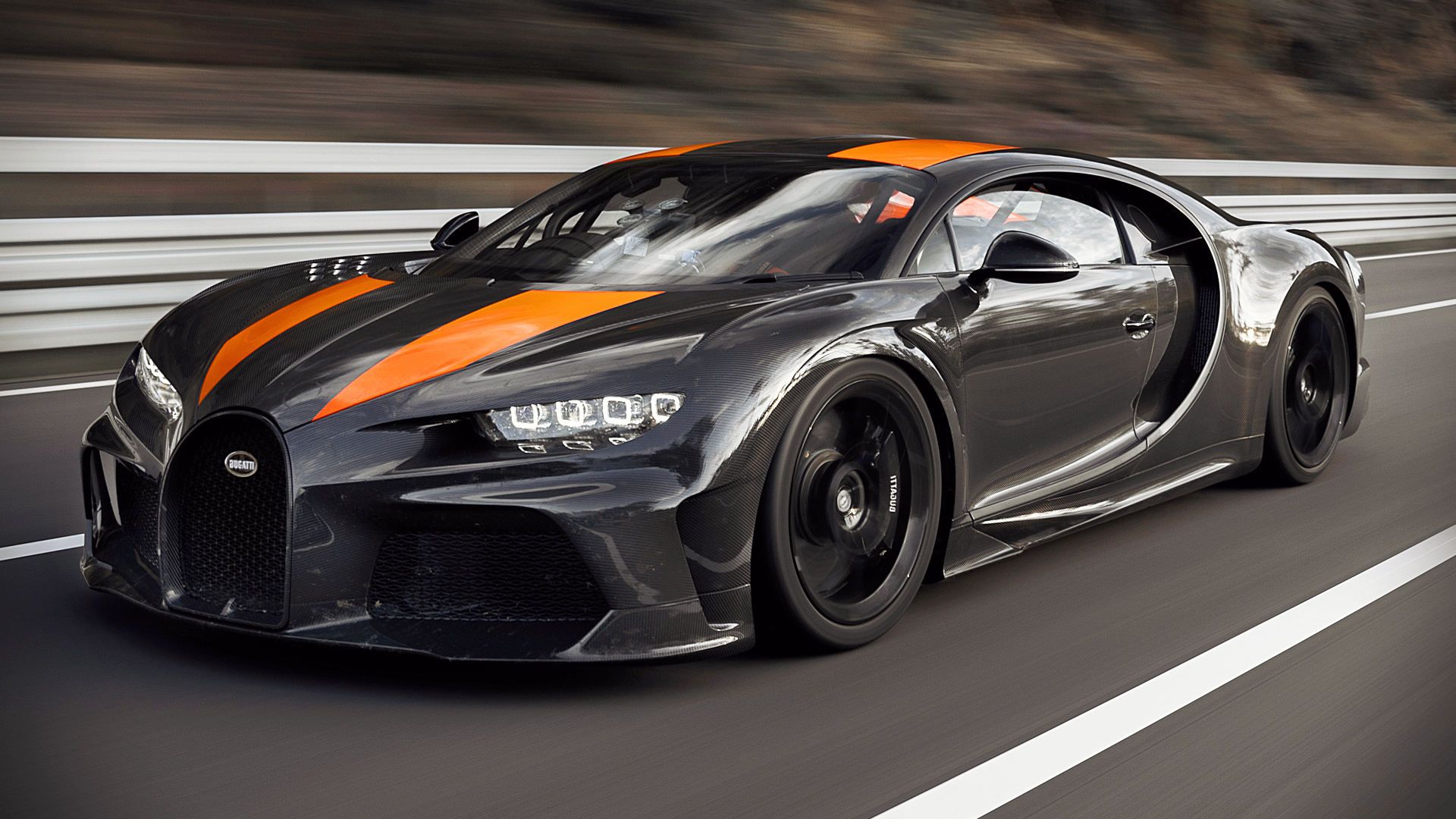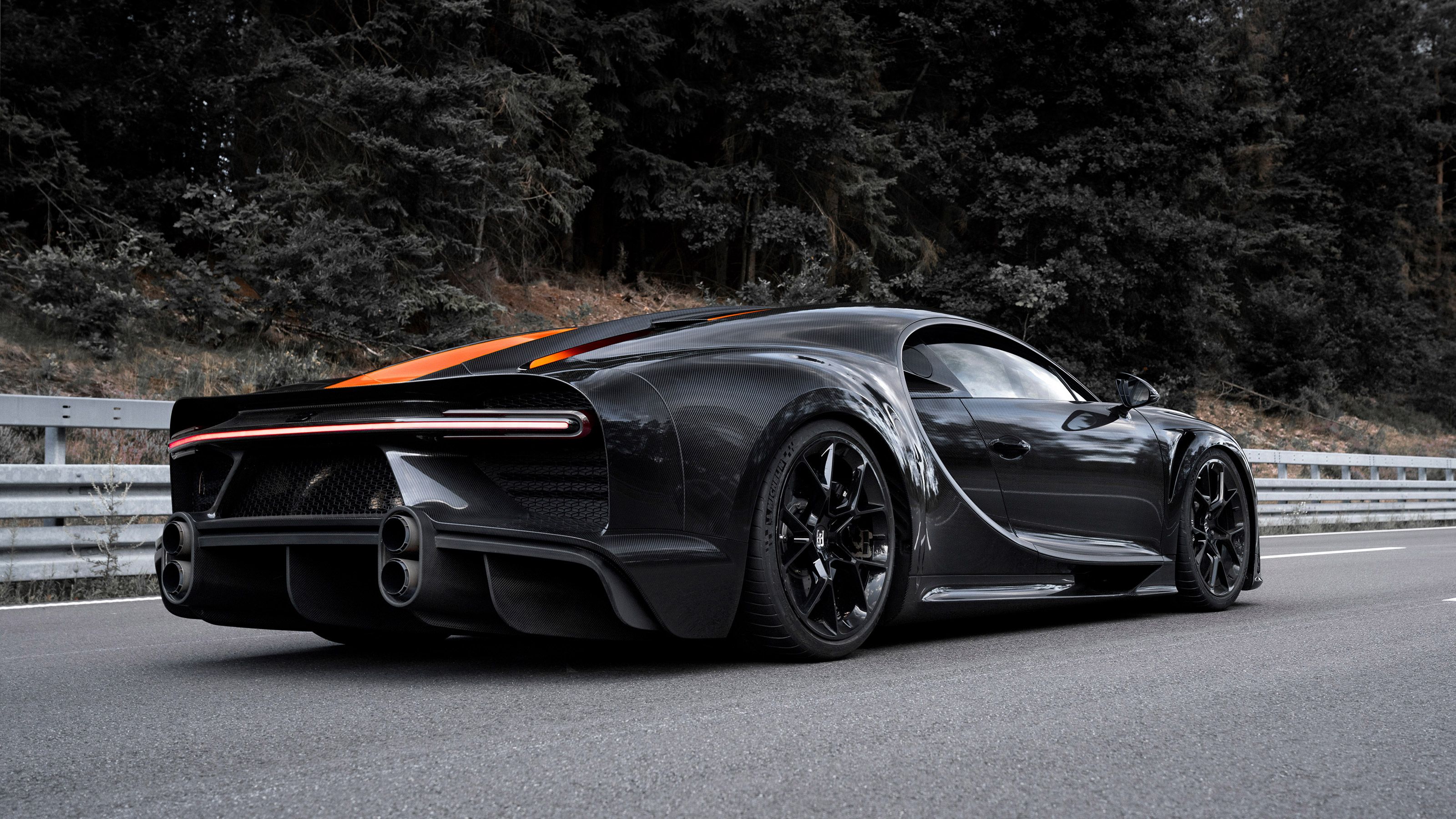Making high-performance sports cars is no simple task. It takes a lot more than just bolting in the biggest engine, finding a brave enough driver, and hitting the gas to have a competitive car, especially nowadays.
Back in the day, you could (perhaps) get away with such a concept. Today, though, car manufacturers and racing teams utilize many more tricks to get their cars on the podium. One of the most important, including weight-ratio and power output, is a car's aerodynamics. Along with reducing drag, a good aero-package can help the vehicle draw in more air; boosting its ability to perform under pressure and maintain a proper temperature.
The way they draw in exterior air is through their body. More specifically, by strategically placed vents throughout the vehicle. Some cars like to keep theirs under wraps, so to speak, while others flaunt their massive intakes.
Today, we're going to take a look at the latter. Here are ten stock cars with the most ridiculous air vents...
11
10 2020 Ford Mustang Shelby GT500
"Are you tired of muscle cars with fake, useless hood-scoops and aero-vents?" Well, so are we, and after years of seeing car manufacturers do just that, it's nice to finally have some authentic ones. In Ford's circumstance, that vehicle is the latest Mustang Shelby GT500.
With a significantly larger front-end grill, brake-vents, and factory issue hood scoop, the 2020 GT500 cools its engine better than any Mustang beforehand. If that's not enough, the aero-kit is adjustable, too - Able to change depending on the drivers wishes.
9 Mercedes-AMG Project One
Using Formula 1 date/technology to improve road-going alternatives is a very common practice amongst high-level race teams and manufacturers. Perhaps the most extreme example of this can be found in Mercedes' upcoming AMG Project One hypercar...
Getting an F1 car's power-unit to properly work in a road car isn't an easy goal. First off, those engines are used to running at full power for a short time; gathering in metric tons of oxygen as it laps the course. The Project One, on the other hand, needs to be able to do both: go fast and last.
Thankfully, because of Germany's engineering prowess, it's evident that the Project One will have no intake problems, whatsoever!
8 Chevrolet Corvette ZR1
Similar to the 2020 Mustang Shelby GT500, G.M.'s Chevrolet Corvette got a much needed upgrade in the late-2010's. Utilizing an aggressive, race-like aesthetic, Chevy transformed the normal Corvette into the 'supercar killing' beast known as the ZR1.
Like the GT500, the ZR1 will gulp up more air than any previous Corvette model. To add to that, the design also uses the air to create absurd amounts of downforce. 950 lbs of downforce, according to Chevrolet.
7 Lamborghini Veneno
As a middle-class set of individuals, imagining someone willing to spend millions of dollars on a car can seem outlandish. Nevertheless, those who have the cash are always looking for ways to spend it, and who better to satisfy that desire than Lamborghini?
In 2013, Lamborghini unveiled their limited run Veneno models (three coupes and nine roadsters) - A $4.5 million toy. Though the inside was just a tuned Aventador's, the outside was something else entirely.
The Veneno is so sharp looking that just gazing upon it may cut you. These pointy lines guide air over the cars body, whilst simultaneously doubling as channels towards intake vents. In our opinion, the Veneno's engine cover vents are some of the most ridiculous in the business (in a good way)!
6 Porsche 911 GT2 RS
One characteristic of Porsche's that always captivated us was their intakes. To be specific, their front grill and side vents (typically found on turbocharged models). We're happy to report that, even with all the changes in appearance, Porsche still holds onto these classic design queues. In fact, we'd go so far as to say that they've greatly improved them.
For our case, we present the latest Porsche 911 GT2 RS: a car who's front intakes are so large, they could fit a small child inside. Aside from the grill, the aforementioned turbo vent still persists.
These vents, more than anything, help Porsche enthusiasts to determine what model they're looking at. "Is it naturally-aspirated or not?"
5 McLaren Senna
We're not going to lie to you here. At first, we really weren't that impressed with the McLaren Senna. The promo photos made it seem like an unorthodox modern car, rather than leading supercar. Luckily for us, we were wrong!
The Senna's front-end is for more than just looks. With help from a gigantic grill, dual hood scoops, and hidden slots throughout the car, McLaren made absolutely sure that no part of its air intake would go to waste.
One way or another, that oxygen would go to use; whether it be as downforce, cooling, or anything in between.
4 Lamborghini Aventador SVJ
Lamborghini has kept the Aventador model going for over seven-years now. It saw many different iterations, including the Veneno mentioned above. Now, though, as it waits to be replaced by the Lamborghini Sián, it gets one last "hurah" in the form of the Aventador SVJ.
The SVJ is (as of writing this) the most extreme V12 Lamborghini to date. We mean this in terms of performance and looks. Although it may share a lot with the 2012 Aventador, the SVJ is much more daunting. It boasts a huge spoiler, extra air intakes, and small slots on every part of the car - Some used for taking in air and some used for expelling it.
3 De Tomaso P72
Up until recently, the De Tomaso brand had been all but forgotten since the end of the Pantera in '93. For decades, we heard nothing about them. However, all that changed when they stepped into the limelight once more with the P72.
Their P72 looks to be more than its older siblings; aiming to take on multi-million dollar hypercars in their own home field. To do this, De Tomaso plans on using a supercharged five-liter V8 (the same as the one found in a Ford Mustang GT). To keep the supercharger cool and happy, the P72 uses the front vent and massive door vents to draw in as much as possible. Heck, if we didn't know any better, we'd think it could suck us in!
2 Saleen S7
To start, we wanted to highlight some of the best instances from our own homeland: the United States of America. The car in question, of course, is none other than the beautiful Saleen S7!
On this monolith of a car, you'll find air-ducts in almost every part of it. The lower-skirts/side-skirts, front grill, and door panels are all littered with vents. Some for cooling off the brakes and others for aerodynamic purposes. Either way, you'll find no fake ones on this beauty.
1 Bugatti Chiron Super Sport 300+
In 2005, Bugatti blew away the world with their Veyron 16.4. Not only could it reach unheard-of speeds, but the specifications it took to do so were even more amazing. While the original Bugatti Veyron drew in around 45,000 liters of air per minute at full speed, its predecessor, the Chiron Super Sport 300+, takes in more than 60,000.
To keep the Chiron's W16, turbochargers, and radiators functioning properly, it needs much more air than your standard car. The normal Chiron uses a lot as is, but the SS 300+ version is even crazier!
To make sure that all the air would be properly vented to the right spots, the Chiron SS underwent a complete overhaul of the exterior; adding a long-tail rear, bigger front intakes, a larger horseshoe grill, and more. Using all that, it's no surprise the SS became the first to break the '300 MPH barrier'.



